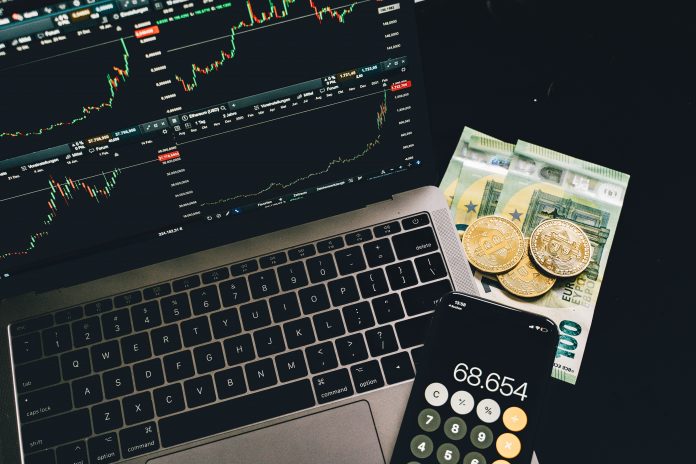In a deflationary cryptocurrency, the only way to maintain its value is by continuously burning coins. Coins are burned to avoid an inflation problem that would otherwise devalue the currency over time. When there is no regulation or central bank control in a free-floating market that can reverse it, this presents risks of lost purchasing power and high volatility for investors. Still, with planned scarcity from burns done regularly every year, they ensure steady supply and demand levels despite fluctuations in prices on external factors such as speculation or natural disaster events.
A Deflationary Cryptocurrency operates under one simple principle: keep reducing rates so much until eventually, you’ll have nothing left because your money will always be worth more than what other people’s money was before them.
Cryptocurrency investors can reap benefits from the fixed supply of digital assets. Inflation is when prices increase due to an influx in money, and deflation occurs during periods where fewer goods are produced because everyone has more money than they need. Economists agree that inflation rates tend to be higher over longer intervals such as decades or centuries while being lower on shorter-term scales like years and months. With cryptocurrency acting simultaneously as both currency (money) and investment asset, crypto lets you enjoy these two different dynamics at once!
How Deflationary Cryptocurrency Works?
With inflation, there is a deliberate increase in the money supply. Central banks have the authority to devalue or increase available funds per year. This can be done at any time, which means that people are encouraged to spend their money early instead of saving it for later use. This is because currency could shrink over time due to inflated prices. So spending now would yield more value than waiting until tomorrow when you may not get as much if your bank account was worthless.
A deflationary model like Bitcoin works differently because of the fixed supply. Whereas in a spending economy, you may be able to spend your funds without any consequences. But with Bitcoin and other deflationary cryptocurrencies, there is always an incentive for people to hold onto their coins.
The deflationary model of bitcoin provides a steady and gradual increase in the value of BTC. It does this by making it so you can buy more goods tomorrow with your bitcoins than today if time progresses at an even pace.
Bitcoin has a fixed supply, but every four years, its mining rewards decrease by 210,000 blocks. This is done to protect against inflation like the government-backed currencies have caused in the past. Bitcoin was developed as an alternative form of storage similar to precious metals but digitally based. It can’t be stolen or forged. Only one person will ever own that currency at a time!
Benefits of Deflationary Cryptocurrencies
Deflationary cryptocurrencies present a myriad of benefits to users and crypto companies like:
- Market volatility does not impact the volatility of deflationary cryptocurrencies in the long run, therefore they won’t devalue in price and investors who took part in ICOs will not be affected.
2.The company may also buy their own coins at a price higher than the market value in order to profit off of its success.
A specific cryptocurrency can be used as shares when it comes to sharing profits. If there is not enough revenue generated, then this coin will start buying back all the stocks they have sold on other exchanges so that they are able to generate more earnings.
- If a company is looking to entice more investors, they may agree on buying back coins by using their profit. This will happen when all of its coins have been released and it becomes scarce, thus leading to an increase in value for them due to demand.
4.Several companies worldwide may start abandoning smart contracts for a new way to ensure tokens are not created in excess. If a company makes more coins by mistake, they can create private keys to burn the excess to be distributed only when needed.
Deflationary currency can be a future if regulated with fairness. Opposing the conventional monetary system, central banks are paying attention to this type of monetary supply and demand, which may be helped or threaten the current systems, depending how you look at it.



















